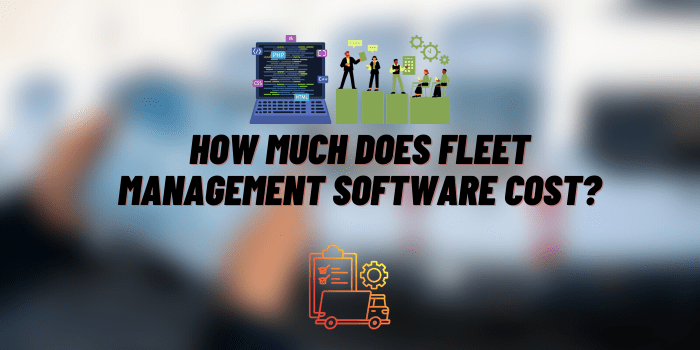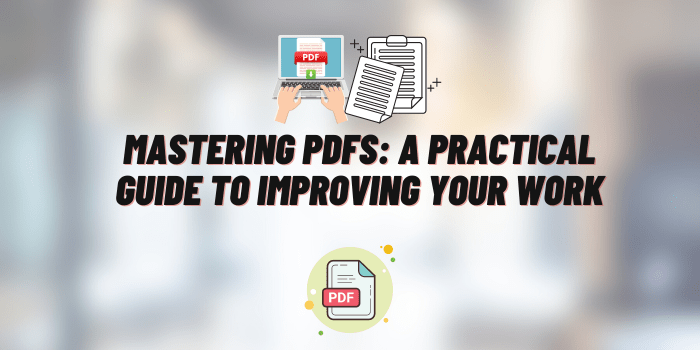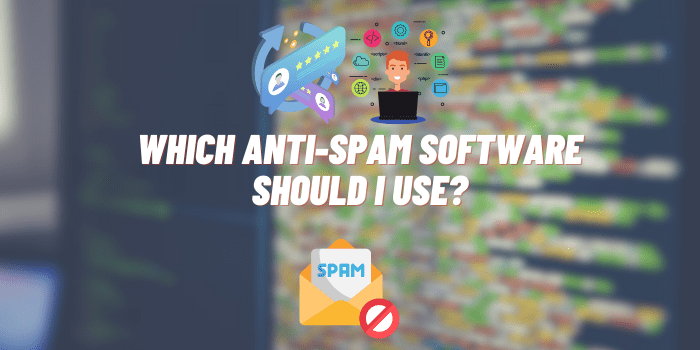How Much Does Fleet Management Software Cost?
In the contemporary digital landscape, fleet management software has risen as a cornerstone for businesses anchored in transportation, whether they’re logistics entities, ride-sharing operations, budding delivery ventures, or sizable corporations boasting extensive vehicle portfolios. By harnessing the power of technology, such software allows businesses to monitor, coordinate, and manage their fleets more effectively, resulting in enhanced operational efficiency, safety, and customer satisfaction.
However, as with any technology solution, there’s an associated cost. For businesses, both large and small, understanding the financial implications of implementing fleet management software is crucial. Not only does it impact the bottom line directly, but the chosen software also has downstream effects on operational efficiencies, productivity, and ROI. As such, discerning “how much does fleet management software cost” isn’t just about numbers – it’s about value, foresight, and strategic investment.
Factors Influencing Fleet Management Software Costs

Navigating the costs of fleet management software can sometimes feel like charting unknown waters. With a plethora of options and variables, determining the precise expenditure requires a deeper understanding of the factors at play. These factors range from the software’s inherent attributes to its deployment and even geographical implications. Let’s dissect each one to get a clearer picture of what drives the price of these essential management tools.
Software Type
Choosing between off-the-shelf solutions and custom-built software can greatly affect the cost.
Pre-made solutions may cater to general needs while custom solutions address specific business requirements, often with a heftier price tag.
Deployment Model
The decision between cloud-based systems and on-premises installations has its own set of financial implications.
While cloud solutions may offer more flexibility and lower upfront costs, on-premises systems might offer more control and potential long-term savings.
Number of Vehicles in the Fleet
Costs often scale with the size of the fleet.
As the number of vehicles grows, so might the software price.
Although some providers might offer volume discounts.
Feature Set and Complexity
A software with only the basics will undoubtedly cost less than one teeming with advanced integrations, analytics, and other complex features.
Therefore, you should consider the set of features that you need at the moment. Better to add new functionality in the future if you need it.
Geographical Considerations
Prices can vary based on your business’s location due to factors like localization needs, support requirements, and even currency differences.
Licensing Model
Whether you opt for a subscription-based model or a one-time purchase can have a significant impact on your costs, both immediately and over time.
Training and Support
Never underestimate the costs linked with training your staff to use the software efficiently, as well as any ongoing support or updates the software provider offers.
Cost Breakdown

Unpacking the costs of fleet management software isn’t just about the sticker price; it’s about understanding where each dollar goes and why.
While some expenses are straightforward and expected, others can sneak up on you if you’re not vigilant. Here’s a comprehensive breakdown to ensure there are no surprises in your fleet software investment.
Initial Setup Costs
The starting line of your software journey encompasses costs like installation charges and potential hardware requirements. Equally important is the investment in training sessions to ensure your team can navigate and utilize the software to its full potential from day one.
Monthly or Annual Subscription Fees
Most top providers offer a tiered pricing strategy. Depending on the size of your fleet, the features you need, and other specifics, you could be looking at different monthly or annual subscription rates. It’s crucial to understand each tier and its offerings to select the one that aligns best with your business needs.
Additional Costs
As the software world evolves, so will your fleet management software. There could be charges tied to updates or upgrades, ensuring your system remains contemporary and effective. Plus, if you wish to integrate additional modules later on, there might be associated costs.
Hidden Costs
The less obvious expenses can be the trickiest. Maintenance fees, potential losses from downtime, and other unexpected expenses can chip away at your budget. It’s crucial to clarify with providers about any such potential costs and to set aside a buffer for these unanticipated expenditures.
How Much Does Fleet Management Software Cost? – Key Points

When evaluating the price landscape of fleet management software, it’s vital to correlate the costs with the features they command. Fleet management software development is a rather specific niche, so we suggest reading about successful projects that have proven themselves well. Here’s a concise breakdown of some typical offerings and their associated price points:
1. Basic Fleet Tracking Solutions ($15-$30 per vehicle per month)
- Essential GPS tracking, real-time vehicle location, simple reporting tools, and basic geofencing capabilities.
2. Intermediate Management Solutions ($40-$90 per vehicle per month)
- Enhanced GPS tracking, route optimization tools, driver behavior monitoring, basic fuel management systems, and limited software integration capabilities.
3. Advanced Fleet Management Systems ($100-$200 per vehicle per month)
- Comprehensive analytics and reporting, advanced route planning, predictive maintenance scheduling, fuel management, safety alerts, software API integrations, and multi-platform support.
4. Premium Custom Solutions (Variable, often $200+ per vehicle per month)
- Tailored solutions for specific business needs, in-depth analytics, advanced safety features, training modules, dedicated 24/7 support, and seamless integration with other business systems.
It’s crucial to note that these prices are approximate and can vary based on vendors, regions, specific business requirements, and other influencing factors.
The key is to ensure that the chosen solution offers the right balance of features for its price, optimizing both fleet operations and budget considerations.
Return on Investment (ROI) and Value Proposition

One of the most compelling considerations for any business investment is its Return on Investment (ROI).
In the context of fleet management software, ROI isn’t just a matter of dollars and cents. It’s about recognizing the broader value proposition and tangible improvements the software brings to the business.
Understanding the Potential ROI
- Operational Efficiency. Implementing fleet management software streamlines processes, reduces manual tasks, and optimizes routes. This efficiency translates to time saved, which invariably leads to cost savings.
- Fuel Savings. By optimizing routes and monitoring driver behavior, there’s a noticeable reduction in fuel consumption. Over time, this can amount to significant savings, especially for larger fleets.
- Maintenance Predictability. Proactive maintenance alerts mean fewer unexpected breakdowns and costly repairs. Predictable maintenance can result in longer vehicle lifespans and reduced downtime.
To calculate ROI, a basic formula could be:
(Net Benefit of the Software / Cost of the Software) x 100 = ROI %
Balancing Cost with Benefits
While it’s crucial to be mindful of the upfront and ongoing costs associated with fleet management software, it’s equally vital to weigh these against the tangible and intangible benefits.
- Efficiency: Improved route planning, real-time vehicle tracking, and instant communication mean jobs get done faster and more accurately.
- Reduced Fuel Expenses: Monitoring systems can help identify wasteful driving habits, leading to actionable steps to reduce fuel consumption.
- Maintenance Savings: Predictive maintenance can mean fewer costly emergency repairs and extended vehicle lifespans.
- Safety and Compliance: Enhanced driver behavior data can lead to safer driving habits, potentially reducing accidents and ensuring compliance with regulatory standards.
The software’s value proposition, when realized fully, can result in a positive ROI, making it a worthy investment for businesses aiming for growth, efficiency, and long-term sustainability.
Tips to Save Costs on Fleet Management Software

Investing in fleet management software doesn’t necessarily mean breaking the bank.
With some strategic moves and careful planning, it’s possible to procure a robust system that aligns with your budget.
Here are some top tips to help you optimize costs without compromising on quality:
Opt for Scalable Solutions
As your business grows, so do its needs. Rather than investing in a high-end solution right off the bat, consider starting with a basic package that meets your immediate needs.
Seek providers that offer tiered solutions, allowing you to start small and scale up as your fleet expands and requires additional features.
Negotiate with Vendors
Bulk purchases or long-term commitments can be leveraged to get better deals.
Engage with software vendors to discuss possible discounts for longer-term contracts or purchasing licenses in bulk. Remember, it’s a two-way street, and many vendors are open to negotiations to win loyal clients.
Utilize Free Trials and Demos
Jumping into a purchase without a test run can lead to regrets. Many software providers offer trials or demos, allowing you to get a hands-on feel and ensure it’s the right fit.
Before committing, request a demo or access to a free trial. This not only helps you understand the software’s capabilities but also ensures its user-friendliness and compatibility with your operations.
Regularly Review Software Needs
Over time, some features might become obsolete, or your business model might pivot. Regularly reviewing ensures you aren’t overpaying for features you no longer use.
Set aside time, perhaps annually, to assess the software’s utility and relevance to your operations. If certain features aren’t serving their purpose, consider downgrading or switching to a different solution that aligns better with your needs.
In essence, while fleet management software is an investment, smart choices and regular reviews can help you get the best bang for your buck, ensuring both efficiency and cost-effectiveness.
FAQ about Fleet Management Software Development

Navigating the world of fleet management software can sometimes lead to more questions than answers. To ease your journey and provide clarity, we’ve compiled a quick FAQ section addressing some of the most common queries about this pivotal business tool.
Who Uses Fleet Management Software?
Any entity that operates a fleet of vehicles can benefit from this software. This includes logistics companies, taxi services, delivery startups, public transportation authorities, and large corporations with vehicle assets.
What Makes a Good Fleet Management System?
A robust fleet management system is user-friendly, scalable, offers real-time tracking, provides comprehensive reporting tools, integrates with other software easily, and has reliable customer support.
What Is Fleet Operating Cost?
Fleet operating cost refers to the total expenses associated with running and maintaining a fleet. This includes fuel, maintenance, insurance, driver wages, and any software or technology costs, such as fleet management systems.
Wrap Up
Fleet management software, while a significant investment, is pivotal for businesses relying on transportation. Understanding its cost structures, recognizing its immense value, and being informed can make the difference between a wise investment and an expensive mistake.
As you navigate the decision-making process, remember to consider not just the immediate costs but the long-term value and ROI it promises.
In the fast-paced world of logistics and transportation, staying ahead with the right tools is the key to enduring success.






